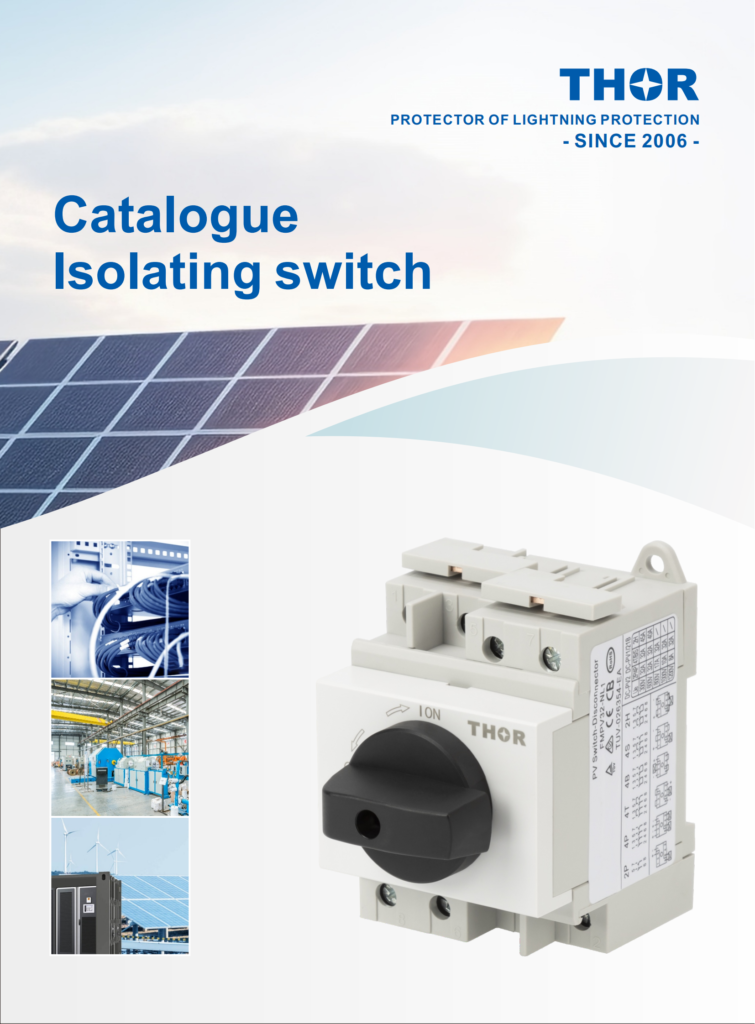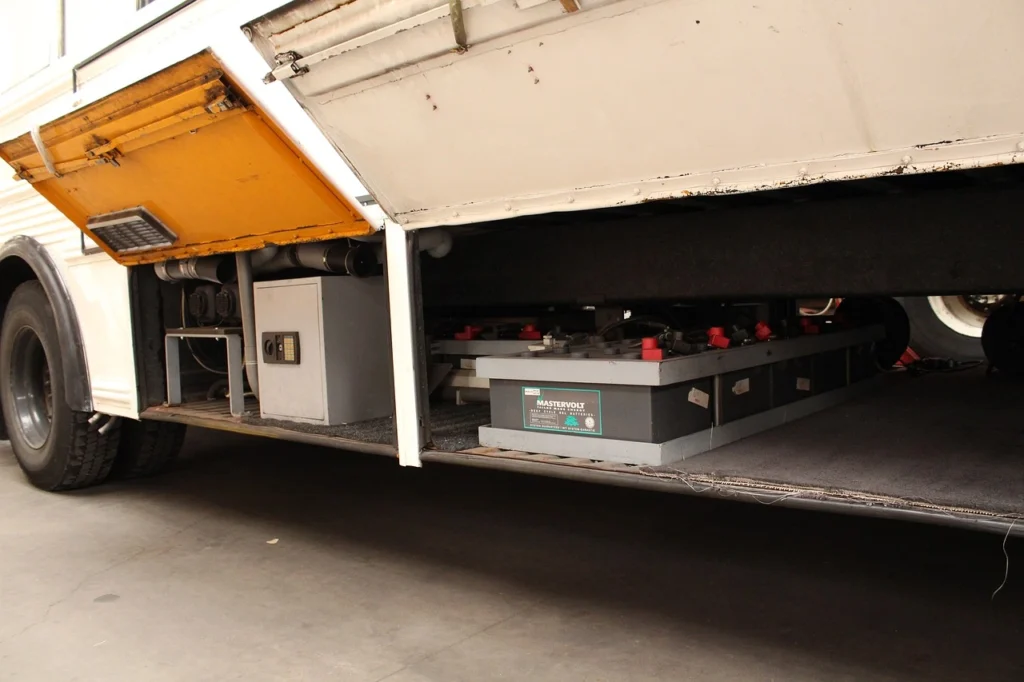The role of the battery isolator switch
The battery isolator switch is a device used to provide a disconnect between the battery pack and the electrical system. It is usually connected directly to the battery or battery pack and can be easily turned on and off using a simple button or switch.
battery isolator switches are often used in vehicles such as cars, trucks, ships and aircraft. It is suitable for various current levels and matches various installation requirements, from motorcycles, cars to large ships and aircraft.
The battery isolator switch has the following three main functions: preventing the battery from being discharged, providing safety protection, and regulating the battery pack.
Preventing the battery from being discharged: When the vehicle and other tools are not in use, the battery isolator switch disconnects the battery from the electrical system to prevent the battery from being exhausted due to various loads.
Providing safety protection: The battery isolator switch provides safety protection by physically isolating the battery from the electrical system. This safety protection is necessary for emergency situations and equipment maintenance work.
Regulating the battery pack: In vehicles such as RVs with multiple batteries, the battery isolator switch can easily control the battery to connect or disconnect the load.

Advantages of battery isolator switch
The advantages of battery isolator switch are as follows:
1. It can prevent the occurrence of problems such as over-discharge, over-charge and short circuit of the battery, which can extend the service life of the battery.
2. It can improve the safety and stability of the battery and reduce the occurrence of faults.
3. It can separate the connection between the battery and the electrical system, reduce useless work and improve the utilization rate of the battery.
4. The connection and disconnection of the battery can be controlled according to the needs of the load equipment in the electrical system, which is convenient for management.
Disadvantages of battery isolator switch
The disadvantages of battery isolator switch are as follows:
1. If the battery isolator switch fails, high resistance may be generated, causing the circuit to overheat, and the battery may not be able to connect or disconnect the load normally, affecting the normal operation of the equipment.
2. Equipping the circuit with a battery isolator switch will increase supporting equipment such as control circuits and protection circuits, which increases the complexity of the system.
Choosing a suitable battery isolator switch
When we have multiple options, be sure to consider a size larger than the AC generator. To be conservative, it is wise to buy a battery isolator switch that is 1.5 times or even twice the size of the AC generator. Of course, the cost and installation space must also be considered.
Calculate the power consumption of the load device, combine the power demand and the function of the isolator, and consider other functions such as data display and remote control.
Regardless of which battery you want to avoid unnecessary loss, it is necessary to use a battery isolator to control the flow of current.
Application of battery isolators
Battery isolators are commonly used in any application that controls multiple batteries in an electrical system. For transportation equipment, such as trucks, RVs, boats, and airplanes, battery isolators can provide safety and stability for batteries, improve the utilization rate of electrical energy in batteries, extend the service life of batteries, and effectively separate the connection between batteries and electrical systems.
In application environments such as solar photovoltaic systems and communication systems, the use of battery isolators can improve the reliability and safety of equipment and reduce the occurrence of failures.

Is the battery isolator installed on the positive or negative pole of the battery?
Although the battery isolator can be installed on both the positive and negative sides, it is recommended to install it on the negative side because it can provide more comprehensive protection.
During the wiring process, if the battery isolator is directly connected to the positive pole, there will be a risk of “electrical sparks”, while connecting to the negative pole will not have this problem.
When replacing a battery, there is a risk of short circuiting even if the positive connection is disconnected. Installing the battery isolator switch on the negative side can minimize the possibility of battery short circuiting.
How do I know that the battery isolator switch is working?
You can use a multimeter to test the voltage in the circuit.
When testing, make sure there is a load device in the electrical system to meet the current requirements of the circuit. Visually check that the wiring and terminals are tight to avoid corrosion and looseness.
When the battery isolator switch is disconnected, there will be a noticeable click. If not, there may be corrosion or damage inside the battery isolator switch, causing the isolation switch to remain in the closed position. Use a multimeter to test whether there is current flowing through the battery to further confirm the situation.
